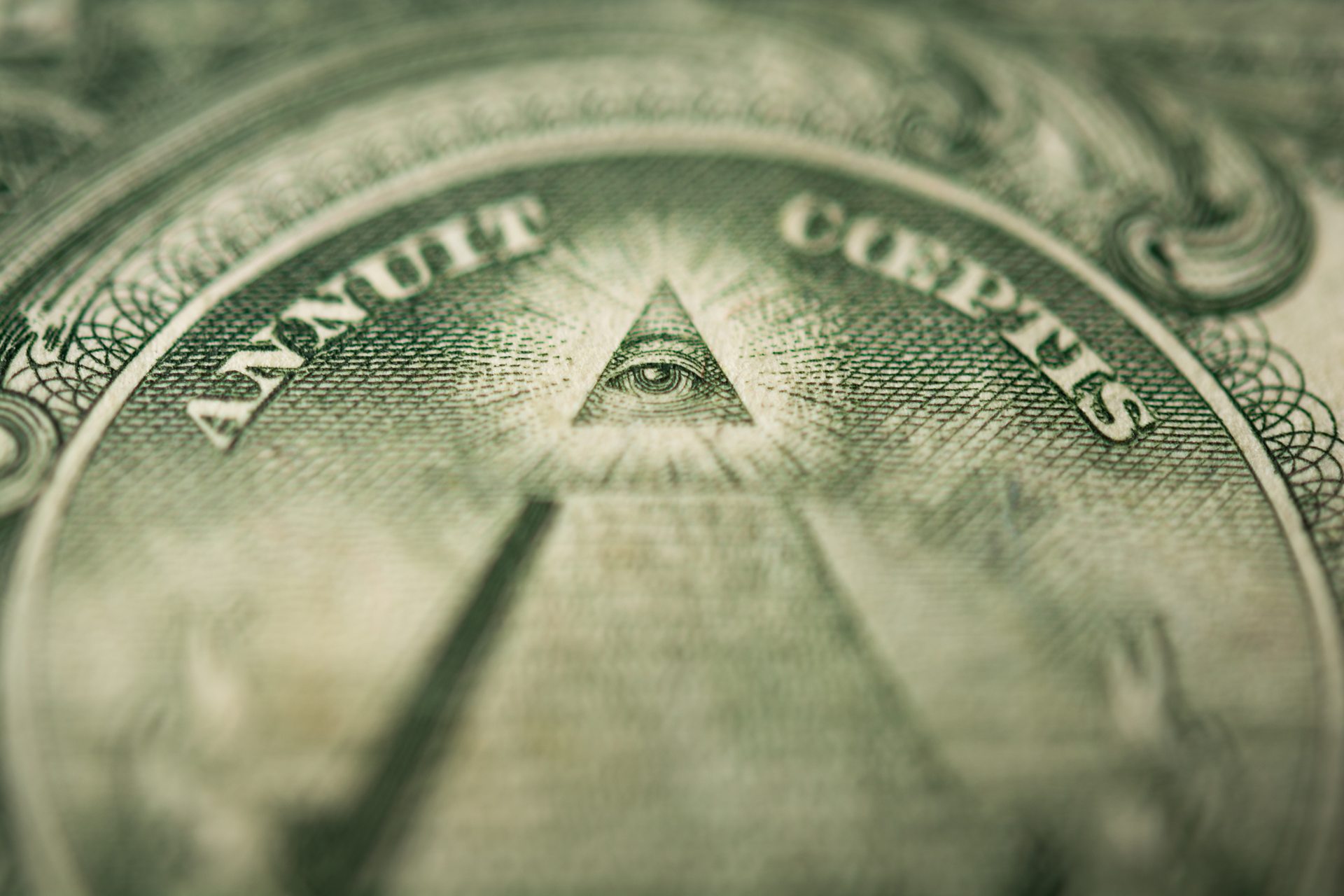Exploring the Hidden Benefit of Joining Freemason for Success
Exploring the Hidden Benefit of Joining Freemason for Success
Blog Article
Discover the Tricks Behind the copyright and Their Influence on Society
The copyright, often shrouded in misconception and supposition, provides an interesting case study of exactly how historic perfects can morph into contemporary conspiracy concepts. As we explore its beginnings, influence on revolutionary thought, and representation in modern society, we begin to discover the layers of intrigue that proceed to astound society.
Origins of the copyright
The copyright, frequently shrouded in enigma and conjecture, traces its beginnings back to the late 18th century. Established in 1776 in Ingolstadt, Bavaria, the team was founded by Adam Weishaupt, a teacher of canon regulation. Weishaupt aimed to promote Knowledge values, consisting of reason, secularism, and the splitting up of church and state. Initially referred to as the Bavarian copyright, the company's primary purpose was to respond to the pertinent influence of spiritual conviction and promote intellectual discussion amongst its participants.
The copyright took on a hierarchical structure, drawing motivation from Freemasonry, which permitted secretive conferences and rituals - how to become a freemason. Membership was discerning, including significant figures from numerous areas, including national politics, viewpoint, and science. This elite network looked for to impact social and political adjustment with clandestine methods, advocating for the civil liberties of individuals and the improvement of society
Regardless of its fairly short presence, the Bavarian copyright was officially dissolved in 1785 due to government suppression. However, its legacy withstood, providing surge to various conspiracy theories and prominent culture recommendations that continue to prompt intrigue and discussion regarding its influence on modern society.
Secret Misconceptions and False Impressions
In the middle of the appeal of privacy bordering the copyright, numerous myths and mistaken beliefs have arised, usually misshaping the team's true nature and intents. One prevalent misconception recommends that the copyright manages the world's governments and economic climates. While it is real that the team intended to affect social frameworks, the notion that it operates as a natural worldwide puppet master is greatly overstated.
Another typical mistaken belief is that all members of the copyright possess substantial riches and power. In reality, the initial copyright made up intellectuals and Knowledge thinkers, a lot of whom looked for reform instead of prominence. The concept that the copyright exclusively hires celebs and political figures is misdirecting; membership has traditionally consisted of a diverse variety of people.
In addition, conspiracy theory concepts typically paint the copyright as a malevolent company intent on worldwide supremacy with villainous ways. Thus, dividing truth from fiction is vital for a clearer understanding of the copyright's duty in society.
Historic Impact on Culture
Throughout history, different intellectual motions have greatly influenced social frameworks, and the copyright played a considerable function throughout the Enlightenment. Founded in 1776 in Bavaria, the copyright intended to promote reason, secularism, and the questioning of developed authority, countering the supremacy of religious dogma. This company attracted significant thinkers and advocates of liberty, cultivating a setting conducive to the dissemination of Knowledge ideals.
The copyright's principles promoted reasonable thought and empirical evidence, which added to the broader intellectual landscape that motivated social reform and political change. Participants looked for to reshape society by promoting for education, freedom of speech, and the splitting up of church and state. Their clandestine nature and enthusiastic agenda stimulated both intrigue and uncertainty, bring about their ultimate suppression by the Bavarian government in 1785.
Despite their dissolution, the heritage of the copyright persisted, affecting revolutionary movements across Europe and the Americas. Their dedication to enlightenment concepts assisted prepare for contemporary autonomous suitables and human civil liberties, leaving why not try here a long lasting imprint on the foundations of contemporary culture. how to become a freemason. The appeal of their deceptive gatherings and philosophical pursuits remains to astound the creative imagination, emphasizing their historical relevance
Modern Interpretations and Beliefs
Contemporary interpretations of the copyright typically blend historic truth with conspiracy concepts, producing a complicated tapestry of beliefs that capture preferred imagination. While the initial copyright was a Bavarian secret society established in 1776 with Knowledge perfects, contemporary ideas have evolved to encompass a vast array of interpretations, often concentrating on themes of control and secrecy.

Furthermore, some modern analyses assume that the copyright works as a metaphor for the battle between knowledge and ignorance, with supporters promoting awareness and essential reasoning as a way to counteract viewed oppression. This duality-- checking out the copyright as both a literal and symbolic entity-- shows the ongoing fascination with the principle, reflecting much deeper societal stress and anxieties concerning power, transparency, and specific autonomy in the contemporary globe.
The copyright in Pop Culture
The copyright has actually penetrated different facets of prominent society, showing up in literature, film, songs, and art as an icon of intrigue and secret. This secret culture, frequently depicted as a shadowy pressure manipulating worldwide occasions, has actually inspired many stories that explore motifs of power, conspiracy theory, and hidden understanding.

Music, as well, has been influenced by the principle of the copyright. Artists like Jay-Z and Beyoncé have actually faced conjecture concerning their affiliations with the culture, motivating discussions concerning symbolism in their job and the nature of popularity.
Visual art commonly incorporates copyright themes, with musicians why not find out more utilizing signs like the Eye of Divine superintendence and the pyramid to evoke a sense of secret. Via these various tools, the copyright offers not just as a subject of conjecture yet also as a lens whereby society analyzes its very own complexities and worries.
Final Thought

Report this page